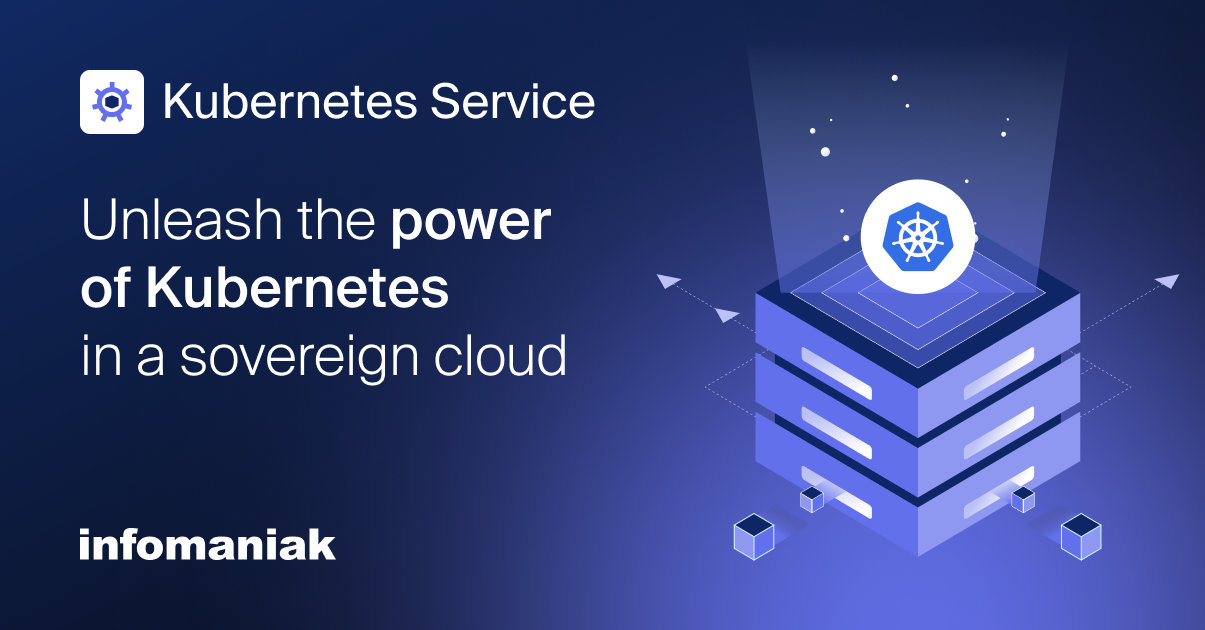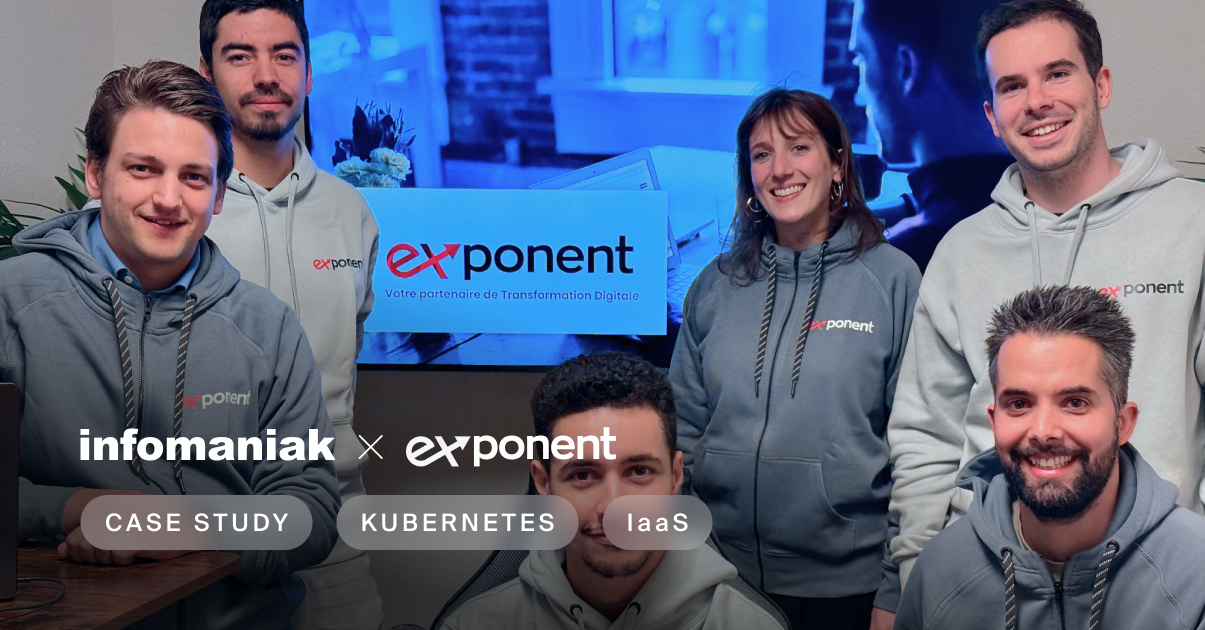Many of you signed up via social media to take part in our first-ever webinar dedicated to our latest Cloud hosting: Jelastic Cloud. This platform as a service (PaaS) solution allows you to create highly-flexible, bespoke hosting whilst making substantial savings. Since it was launched, this product has elicited the enthusiasm of professionals who benefit from incomparable opportunities without needing any system administration skills.
In this article, we take a look back over the key points of this webinar and discover one of Jelastic Cloud’s strengths: how to easily and quickly create clustered sites with redundancy and load-balancing.
Why create a clustered website?
Clustering technology allows you to multiply instances for a same website over several servers so that it is permanently available and fluid even when highly-demanded. By taking into account load-balancing and redundancy principles (detailed hereinafter), a clustered website ensures constant quality service for users, even during considerable load surges.
Previously only designed for businesses able to roll out a high level of system administration expertise, this technology is now 1-click accessible via an intuitive interface and totally-automated system.
By virtualizing material resources, Jelastic Cloud offers the ability to effortlessly create, clone and roll out clustered environments to meet any demand. By transparently and dynamically resizing resources, you can automatically realtime tailor the material strength of your infrastructure.
Examples of use
Jelastic Cloud is the perfect hosting for sites with marked traffic fluctuations over the year. This is the case for example with e-commerce sites during end-of-year holiday periods and sales periods or one-shot event-related sites which sell their tickets online over a short period.
This flexibility is particularly tailored to:
- E-commerce sites and apps
- Startups and agile businesses
- App development
- WordPress sites and blogs
Create a clustered WordPress site
Jelastic offers instant acces to the best technologies such as Docker, GIT, SVN, etc., to all languages (PHP, Java, Node.js, Ruby, Go, Python, etc.), as well as to over 60 widely-used apps like WordPress, Joomla, Drupal, Magento, PrestaShop, OwnCloud, etc.
As WordPress is the most widely-used app on Internet, we have chosen to propose an example of how to create using this CMS. Please note that Jelastic Cloud can be used to roll out other apps of your choice.
Clustered server topology
This illustration presents a typical environment for running a clustered WordPress site. It includes at least:
- A load balancer
Its role is to manage high numbers of visitors to your site. It distributes the traffic to available servers to optimize resource usage. - Two app servers
These servers are exclusively dedicated to the app. In our example, each contains the same installation of WordPress. Load-balancing ensures visitors are reditrected to one or other of these servers. - Two database servers
Each app server has its own database. These databases are realtime synchronized in multi-master mode.
Horizontally- and vertically-scalable resources with total transparency
Automatically dynamically multiply and roll out as many instances as required without service interruption. This is known as on-the-fly horizontal resizing. It provides the infrastructure with redundancy to meet any demand. Based on the same principle, Jelastic Cloud automatically adjusts the material strength of your infrastructure (CPU, RAM, SSD storage). This is known as vertical resource resizing. You remain in control at all times by defining the reserved resources which will only be invoiced if really used.
1-click clustered WordPress installation
Nothing could be easier than creating a clustered WordPress environment. Jelastic Cloud proposes preconfigured environment images for free. To install the architecture of your choice, just visit the marketplace to install it:

Clustered WordPress: ready-to-use in a few seconds
Your clustered WordPress environment is now configured and you can use it in production immediately. You can also create development environments to test your apps or use different PhP versions for example.
Jelastic Cloud then installs the desired environment automatically and offers you ready-to-use architecture:
Load balancer, app servers, databases and SSD storage: Jelastic takes care of everything. As such, you can start using your WordPress site immediately or configure more instances based on your needs.
Total budget control thanks to cloudlets
The cloudlet is the resource unit of measure (1 cloudlet = 400 MHz of CPU and 128 MB of RAM). Dynamically reserve core resources and scalable resources which will ensure you will be able to meet high demands. Each node can be individually allocated more power by adding extra cloudlets. Moreover, you may add as many nodes as you wish. They will be dynamically unblocked and you will only pay if they are really used. In any case, you will always have total control over your budget.

A lookback at the questions asked during the webinar
Is it possible to set a maximum price limit?
Yes. It can be defined by changing the number of dynamic cloudlets. The maximum price will then be displayed accordingly.
What is a cloudlet?
The cloudlet is a unit of measurement which determines the price invoiced. It is a unit of power. 1 cloudlet corresponds to 128 MB of RAM and 400 MHz of CPU.
How many cloudlets do I need?
It is advisable to start out with one cloudlet per node and keep an eye on consumption then, if need be, adjust resources accordingly.
Are we notified when more power is used and when we reach our maximum resource limit?
Yes. By default, Jelastic Cloud systematically sends notifications by mail whenever the number of active cloudlets changes. You may also change the dynamic resource allocation triggers.
In any case, Jelastic Cloud never exceeds the resource provision which you authorized it to use. As such, you will never have any nasty surprises.
How can I keep track of resource consumption?
In the Jelastic dashboard, each node has a “statistics” tab which details realtime resource consumption. By keeping an eye on this consumption, you will be able to get an even more accurate idea of how much power you need.
Is traffic invoiced?
Like the vast majority of Infomaniak services, traffic is unlimited. It is not invoiced.
Is Jelastic Cloud backed up?
Yes. Infomaniak backs up Jelastic Cloud on a daily basis. Each backup is kept for 7 days.
What are the differences between a managed Cloud Server and Jelastic Cloud?
The managed Cloud Server is managed by Infomaniak. The power is set at the start and the choice of technologies is limited. Pricing does not change, regardless of the actual resource consumption. This type of server is ideal for sites and apps where traffic is predictable and constant.
What are the differences between an unmanaged Cloud Server and Jelastic Cloud?
The unmanaged Cloud Servers offer great freedom in the choice of technologies provided you have the system administration expertise required.
How do you migrate a Web hosting or a managed Cloud Server to Jelastic Cloud?
Migrating one or other of these servers to Jelastic Cloud is done manually. As the software side of Jelastic is not developed by Infomaniak, the process cannot be automated as is the case for our other hostings. You can transfer your files via FTP and import your databases via MySQL.
Try Jelastic Cloud for free
You can test Jeastic Cloud for free for 14 days without any obligation at all.
Take part in our next webinar
Follow us on Facebook to sign up and take part in our next webinars for free!
To find out more
Photo Collect guarantees its digital sovereignty with Infomaniak’s Public Cloud
Friday October 31st, 2025
Case study: iDAKTO develops its digital identity solutions with Infomaniak’s Public Cloud
Friday October 17th, 2025
Infomaniak launches a managed Kubernetes service in its sovereign Public Cloud
Thursday April 3rd, 2025
Alternative to VMware: migrate from VMware ESXi to OpenStack with Infomaniak’s Public Cloud
Friday October 11th, 2024

 Français
Français Deutsch
Deutsch Italiano
Italiano Español
Español







You must be logged in to post a comment.